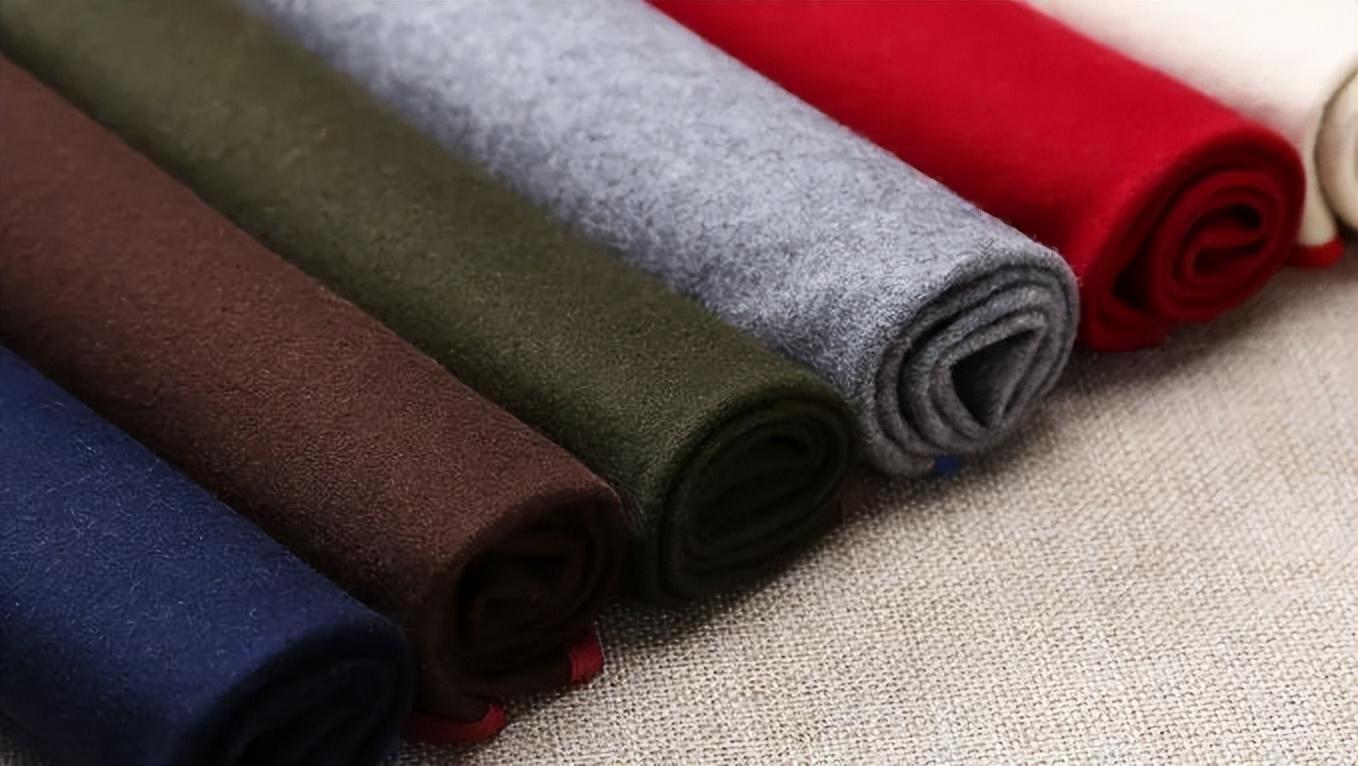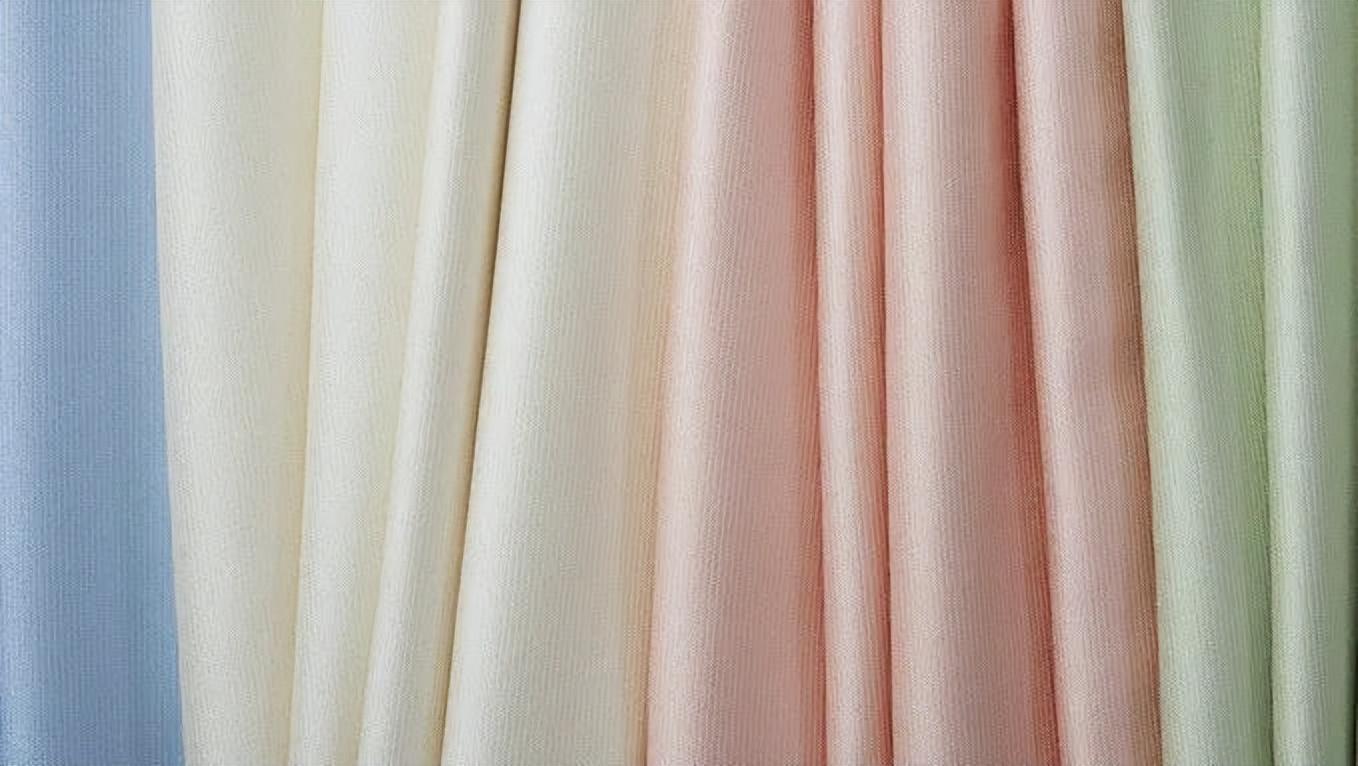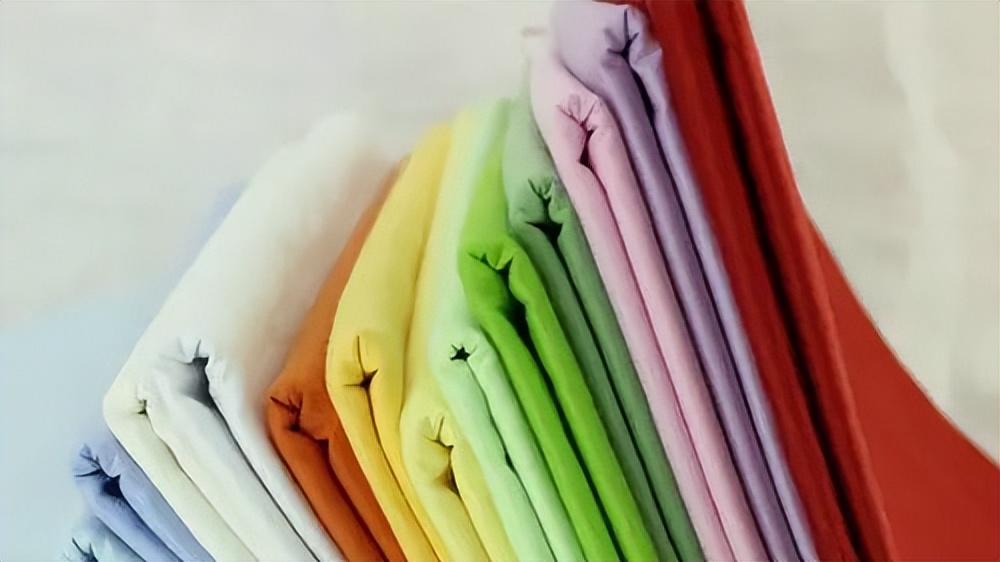What is woolen fabric? Among clothing fabrics, we often hear the term woolen fabric, which is widely used in various clothing productions.
Wool fabric has fluff on its surface, and generally the texture is not obvious. It is a heavy fabric with a soft and elastic feel. Woolen fabrics are characterized by their rough style and hard feel, and are more commonly used to make coats.
So how much do you know about the dyeing methods of woolen fabrics? Let’s go and see it together.
01
Acid dye dyeing
Acid dyes are usually divided into two categories: strong acid dyes and weak acid dyes according to their application properties. Acid dyes are mostly sodium salts of sulfonic acid. In acidic liquid, the anion of the dye can form a salt bond with the amino group of the protein fiber or the amide group of the synthetic fiber. In strong acid dyeing baths and weak acid dyeing baths, it can dye protein fibers such as wool and silk and nylon in synthetic fibers, but has no affinity for cellulose fibers and cotton. It has good water solubility, many varieties, complete color spectrum and bright color. The solubility, leveling properties and dye fastness of this type of dye vary greatly due to different dye structures.

02
Acidic Mord dye dyeing
Acid mordant dyes have the basic structure of acid dyes, containing water-soluble groups such as sulfonic acid groups, which have affinity for wool, and also contain hydroxyl groups that can complex with metal atoms. , can form a lake with metal mordants to improve its dyeing fastness. Acid mordant dyes are not as bright as acid dyes, and the chromatogram is not complete enough. The hexavalent chromium produced easily pollutes the environment, but the production cost is lower.

03
Network Synthetic dye dyeing
Complex metal complex dye is a soluble chromium-containing mordant dye. The dye molecule already contains a complex of a water-soluble complex metal and an azo dye with a lake-forming base. Dyeing with a method similar to ordinary acid dyes can directly combine with wool to form salts without using chromium mordant. The dyeing method is simple and the dyeing fastness is similar to mordant dyes. Metal complex dyes include acidic complex dyes and neutral complex dyes.

04
Disperse dye dyeing
Polyester is dyed mainly with disperse dyes. The modified polyester developed in recent years is dyed with disperse anionic dyes. .Disperse dyes are non-ionic dyes with minimal water solubility. The dyes are dispersed and suspended in a very small state in the dye bath to dye polyester. They have good light fastness and wet processing fastness and bright color. They are used in wool spinning. Polyester dyeing methods include high-temperature method, carrier method and rapid dyeing method. In addition to being used to dye polyester, disperse dyes can also dye chlorine fiber, nylon, acrylic fiber and acetate fiber, but the color obtained is light and the dye fastness is relatively low. Poor.







